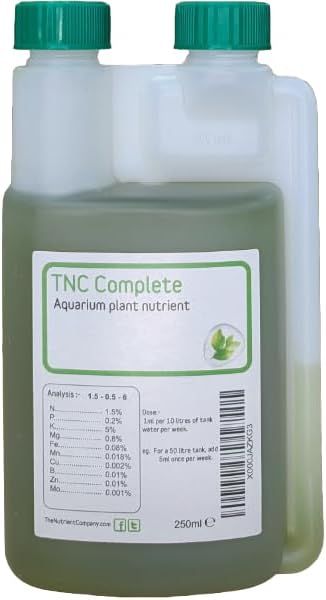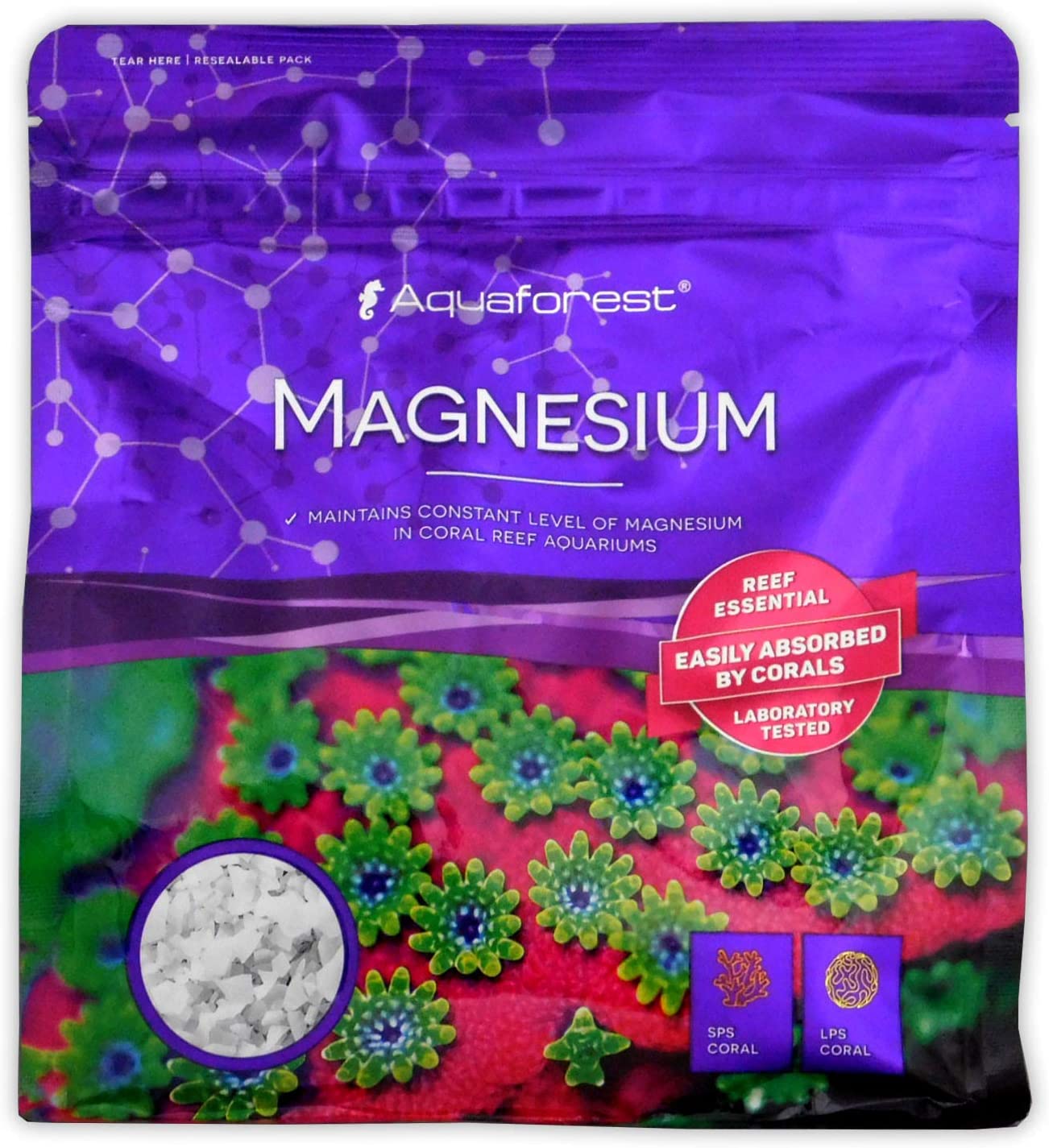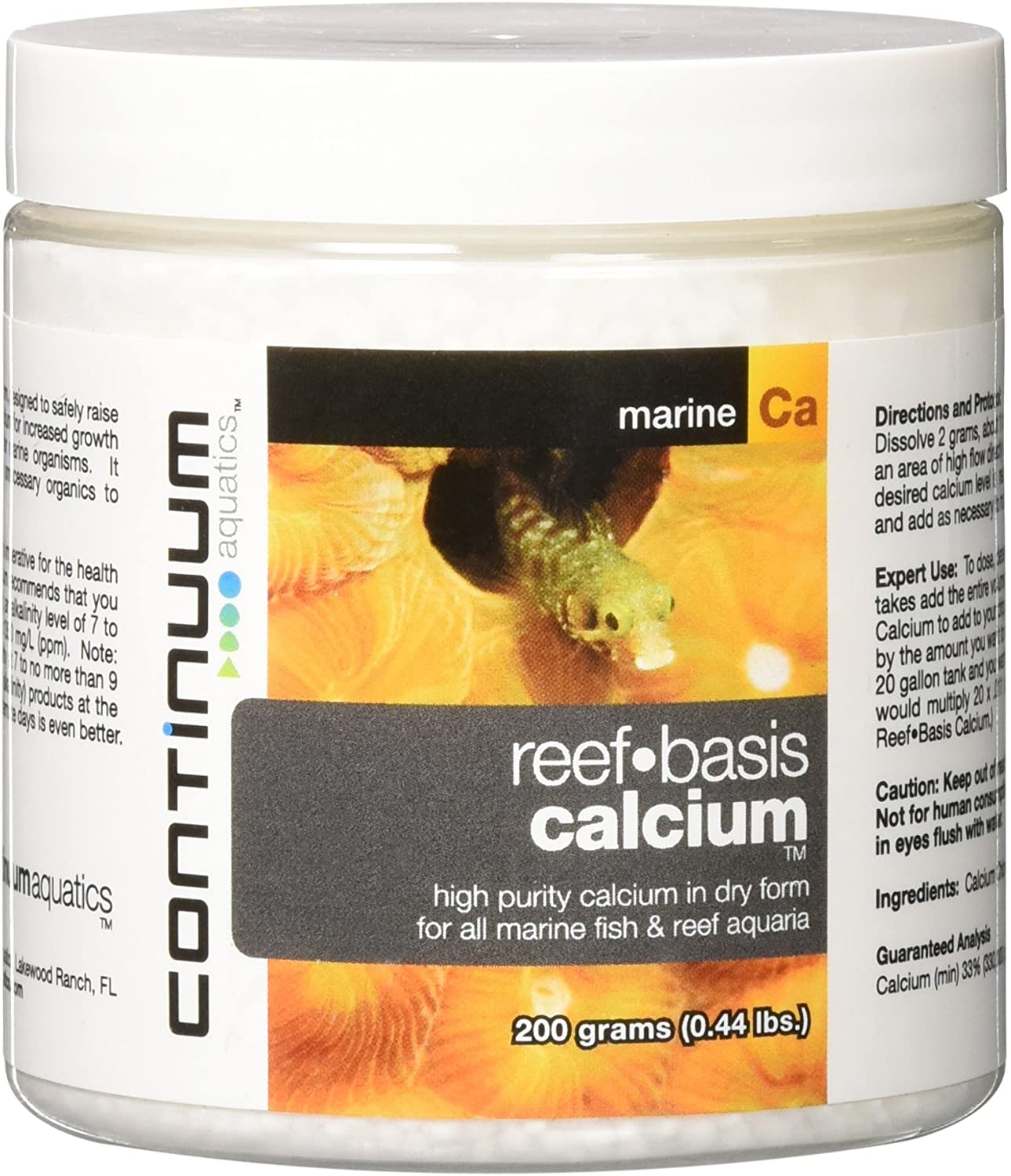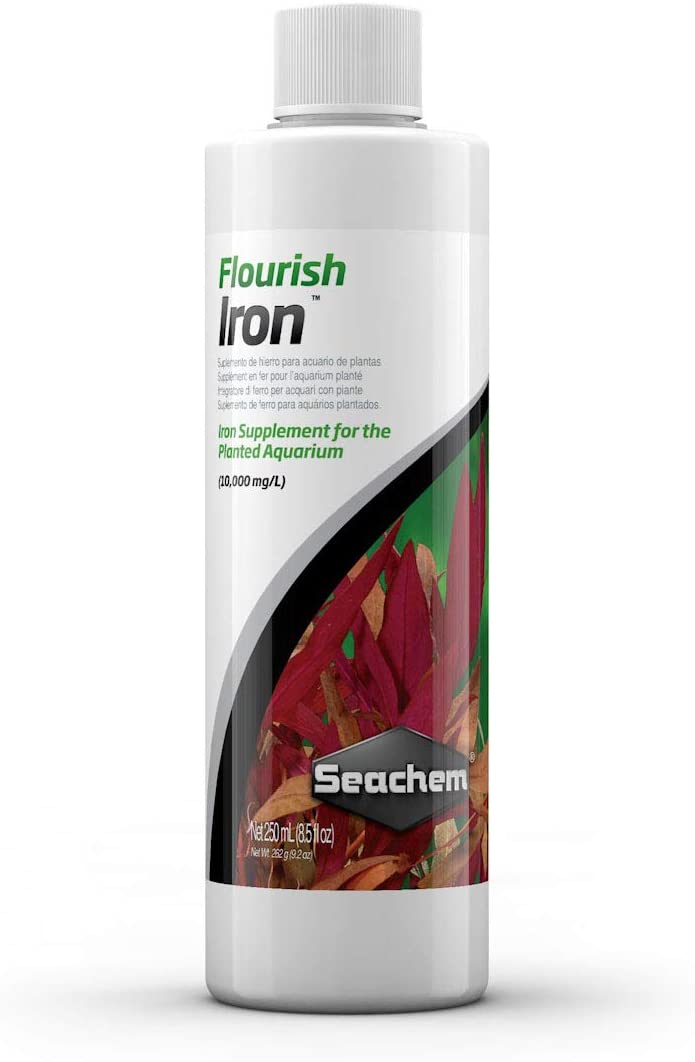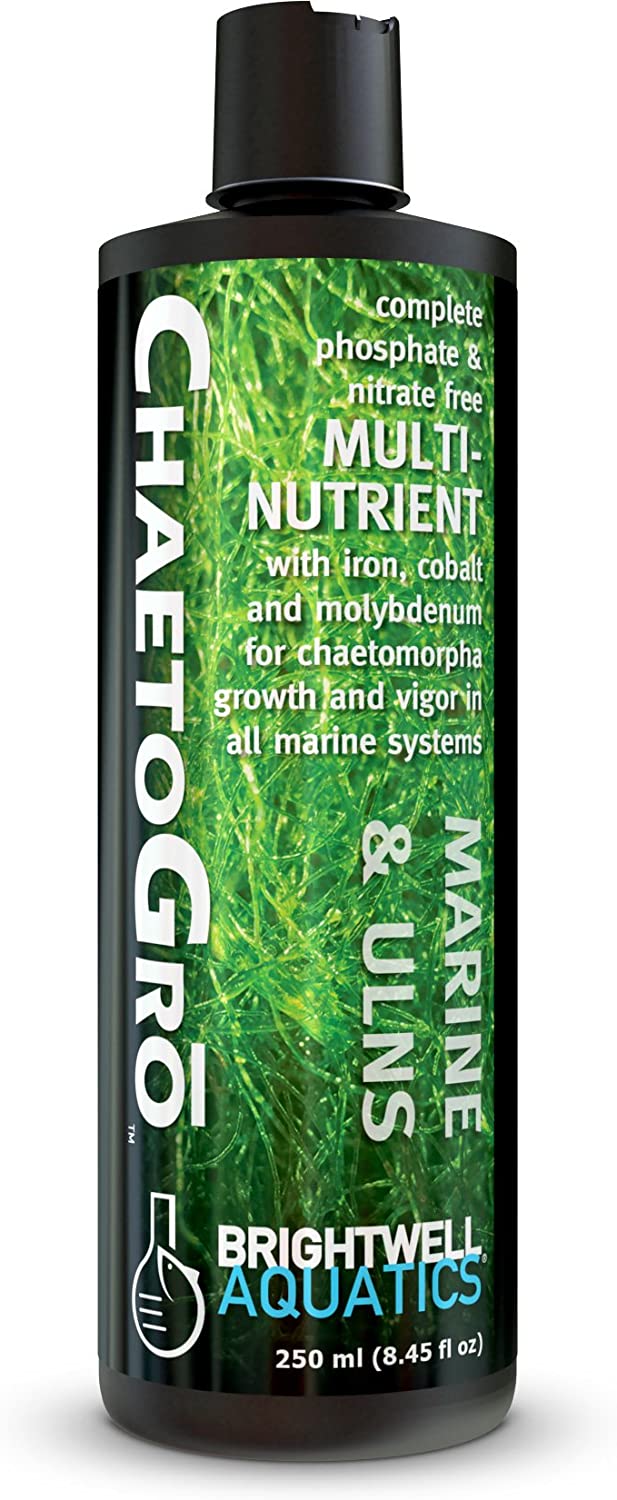FERTILISING MACROALGAE
Why Does Macroalgae Need Fertilising?
Most people will be comfortable with the idea that terrestrial plants need liquid feeding regularly or can have their potting soil replaced once in a while to renew nutrients they use up whilst growing. Without this their growth can be lackluster, or sometimes the plant can falter and die.
This same principle is translated to aquatic plants and also marine macroalgae. The main difference, other than being under water, is the fact that the vast majority of macroalgae nutrients will come directly from the water column. In the wild, there is an endless amount of nutrients for the macroalgae to use as currents will bring in fresh seawater and replace the nutrients the macroalgae use up. In a closed environment such as an aquarium this is something we must try our best to replicate as closely as possible.
The nutrients the macroalgae use up can be split into two groups, MACRO nutrients and MICRO nutrients. In this case macro means they need more of them to grow and micro are needed in lower quantities. The speed at which these nutrients are used up depends a lot on the types of macroalgae you are growing and the purpose of your macroalgae growing i.e for display or in a refugium. Faster growing green macroalgae such as caulerpa or chaetomorpha will use up and require more fertilisation than slower growing red macroalgae for example.
When Do Macroalgae Need Fertilising?
When newly introduced into an established or new reef aquarium, so long as lighting and other water parameters are within the correct parameters for reef organisms, it is common for macroalgae to have an explosion of fresh growth. This is normally because the reef water contains sufficient nutrients for complete macroalgae growth. Long term however, even with sufficient water changes, macroalgae growth may falter and the macroalgae can sometimes die or go sexual (Caulerpa) from environmental stress. This is normally because a limiting factor to growth has occurred, which is normally one or more nutrients have depleted from the water column. Many of the major nutrients, magnesium for example, are easily tested for and supplements can be added relatively easily to bring the parameter back to ideal levels. There are many micro nutrients which are not easily tested for. These can present as one or multiple of the limiting factors and this makes dosing macroalgae fairly challenging in the long term.
Fertilising macroalgae with major nutrients such as nitrate is easy to achieve and we can keep a good level of between 5-10ppm with regular testing and dosing. But how do we know if the macroalgae need something like iron? The first thing is to make sure that all the easily testable things are in the correct range, and if the macroalgae is still not growing properly, perhaps discolored (normally washed out) or simply dying, we can assume it is something else the macroalgae is lacking. A good water change (~50%) can fix a lot of problems with macroalgae growth, however in heavily planted reef tanks micro nutrients can quickly be used up and macroalgae can suddenly stop growing or lose colour. At the minimum, I recommend weekly dosing of a complete trace element fertiliser such as Chaeto Gro. Careful observation may be needed to "Track Down" the limiting nutrient(s), macroalgae may exhibit similar deficiency signs as other aquatic and terrestrial plants and this can help to work out what is missing.
Which Nutrients Do Macroalgae Need?
Macro Nutrients
Nitrate (NO3)
Nitrogen is one of the most important nutrients for all plants. It is used for amino acid production (proteins), chlorophyll production & photosynthesis amongst many other things. Without it, macroalgae can't grow
Many people take for granted there will be enough nitrogen produced from fish waste and fish food, however it is one of the fastest elements to be used up by macroalgae and will need to be replaced using a liquid fertiliser
Phosphorous / Phosphate (PO4)
Phosphorous is essential for tissue growth and DNA. Used during photosynthesis
Phosphorous is a very common nutrient in a marine aquarium with a decent stock of fish and corals. It is not normally needed to add extra as in most cases the fish food and corals will produce enough for even heavily planted macroalgae tanks
Magnesium (Mg)
Essential for photosynthesis, metabolism of carbohydrates and cell membrane growth
Magnesium can be used up quite quickly by fast growing macroalgae. Many people will rely soley on waterchanges to replace this element, however I have found this to not be enough in heavily planted reefs and a supplement can be required
Calcium (Ca)
Cell wall formation and growth. Calcareous macroalgae such as Halimeda require a lot of this for good growth
With regular water changes Calcium should stay withing a healthy level (380-450 ppm). However in tanks with many corals or a lot of calcarous macroalgae Calcium may need supplementing
Carbon (C)
Used in many vital functions including respiration
Carbon is taken from the water column as CO2 or HCO3-. Carbon availability and uptake by macroalgae is intimately linked to pH and Alkalinity within the aquarium and as long as these levels are within natural range (pH 8-8.3, ALK 7-10) carbon should be adequately available
Micro Nutrients
Iron (Fe)
Synthesis of chlorophyll and metabolic processes
Iron is a very important micro nutrient in plant growth, especially in green macroalgae. I have found it neccessary to regularly dose iron for healthy, vigorous growth
Iodine (I)
Growth and Antioxidant functions
Seaweed is one of biggest accumulators of Iodine in the natural world. It is still in debate as to why and the function of iodine in macroalgae. Iodine is quickly used up in macroalgae aquaria and I have found that stronger growth is shown with regular dosing of liquid iodide
Boron (B), Chlorine (Cl), Manganese (Mn), Molybdenum(Mo), Cobalt (Co), Nickel (Ni), Zinc (Zn)
Various biological funtions
there are many minor nutrients (Trace elements) used in all aspects of macroalgae growth which cannot be tested for easily. As such many will be replaced by regular water changes, however adding a trace element supplement once a week seems to improve overall growth and colour of all macroalgae species

